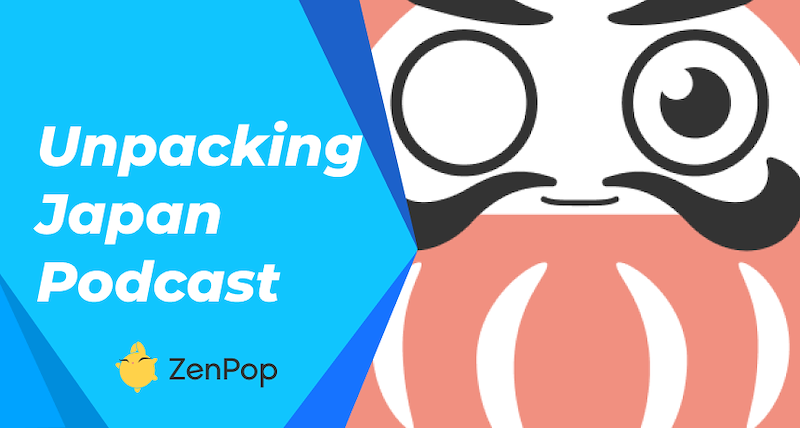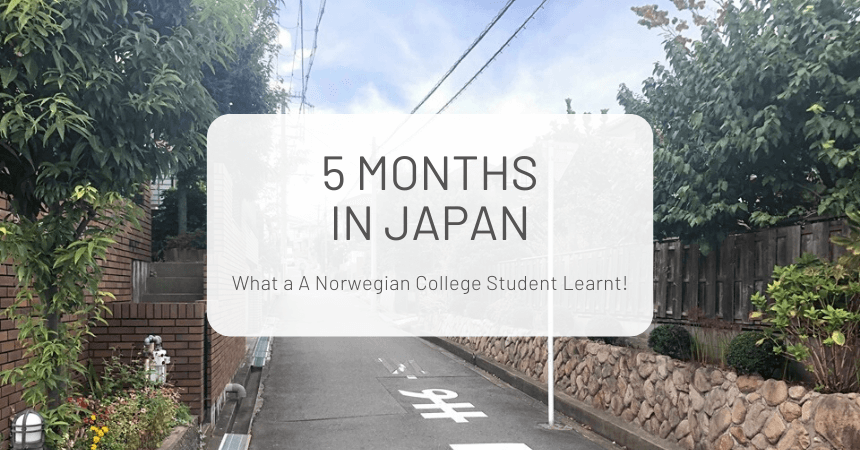
5 Months in Japan: What a A Norwegian College Student Learnt
Konnichiwa (こんにちは) / Hello, my name is Joakim and I'm an exchange student from Norway.
For the last five months, I’ve been studying at Kansai University in Osaka, also known as Kansai Daigaku or just Kandai.
I’ve spent my days studying marketing, as well as the Japanese language and culture, and stayed in the student dormitory. In my free time I’ve enjoyed reading, playing games and playing sports for the most part.
Also, for one afternoon a week I’ve been an intern at ZenPop. You might have watched or read some of my work here and here!
As my study abroad time in Japan comes to an end, I thought I’d share my experiences, as well as the most surprising and useful things I’ve learned.
7 Useful Phrases for International Students in Japan
While a student at Kandai I learnt that Japanese students actually prefer to talk to international students in English so that they can practice their English skills. Japanese students only learn to read and write English, therefore they want to polish their skills by talking to international students.
While there are also students that are not interested in speaking English, they are just outnumbered and most Japanese students are happy to talk to you in English.
Many of the Japanese phrases I have used the most throughout my stay are very common, even so, I found them very useful, especially at the beginning of my studies.
Arigatou Gozaimasu (ありがとうございます) / Thank you
This is essential and is used many, many times each and every day!
Onegaishimasu (おねがいします) / Please
This is a very nice phrase to know when you need some help with Japanese homework and have to ask a Japanese student for help!
Sumimasen (すみません) / Excuse me OR Sorry
If you want to ask someone about something or say sorry for bumping into them, this is the phrase to go for.
Ikura desu ka (いくらですか) / How much is this?
You may have to use this quite a lot while shopping, especially in the shotengai (shopping street), as well as when out eating or drinking.
Osusume wa (おすすめは) / What do you recommend?
This is a very nice phrase to know when you go out to eat, as you can just order what the waiter recommends (no further Japanese necessary!)
Nomihodai (のみほだい) / All-you-can-drink
A very popular activity, especially among the students...believe me!
Shukudai (しゅくだい) / Homework
As you can imagine, it's quite important to know what is homework or not - no need to overwork yourself and do everything just in case.
If you’re not interested in learning the Japanese language, I think you could probably get by with just these phrases in your day-to-day life. Many Japanese understand English or you can just speak key words (rather than full sentences) and gestures to communicate in Japan. There are obviously many useful phrases not listed here, but these have helped me a lot.
My Top 5 Japanese Foods
1. Ramen
My absolute favorite Japanese food is ramen! There is such a large variety of ramen to eat out there and the taste is just amazing. Usually, you can get amazing and cheap ramen in close proximity, which has made it quite popular among international students.
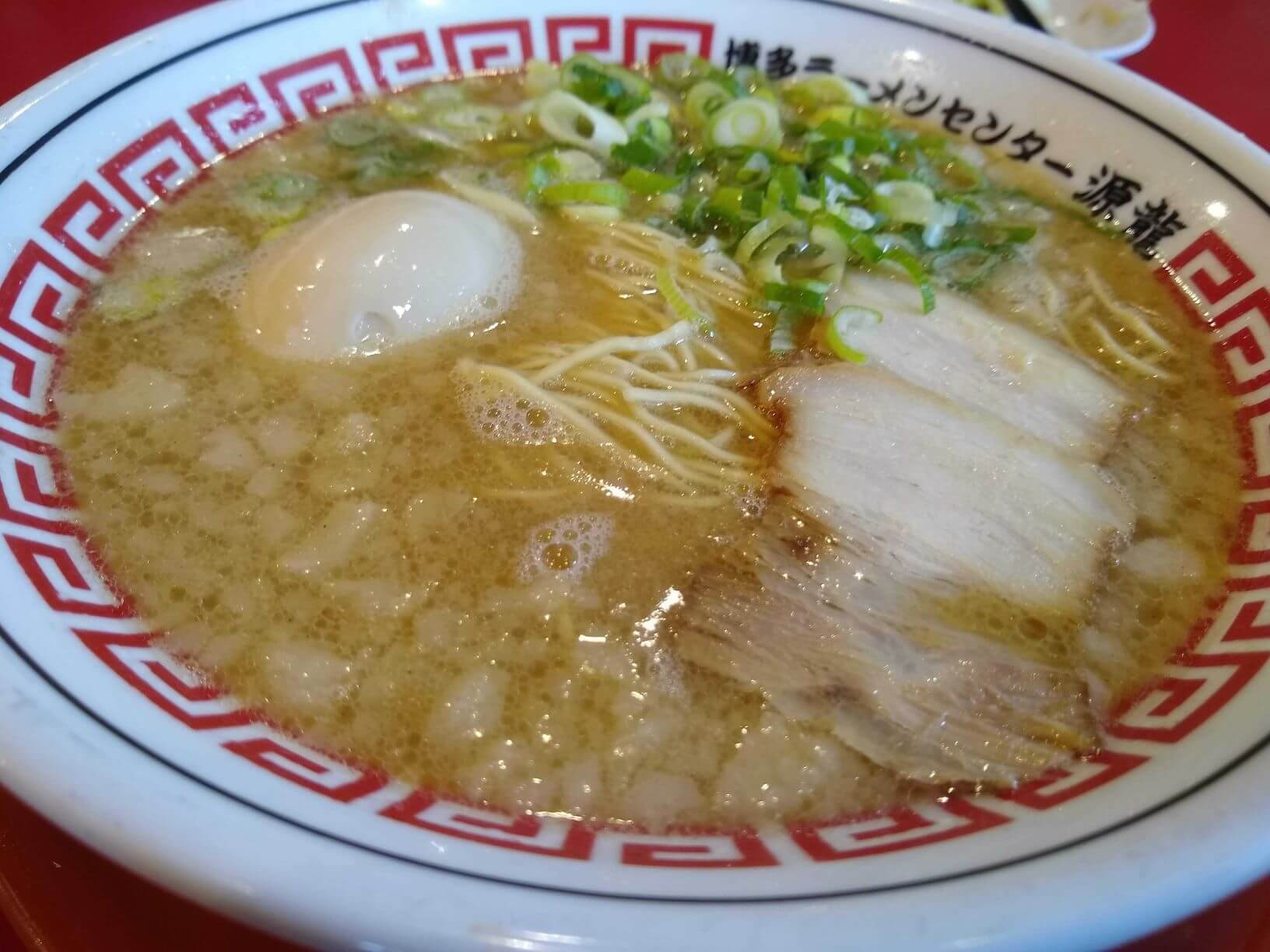 So much ramen, so little time!
So much ramen, so little time!
And if you can’t eat the real thing, then instant Japanese ramen is almost as good! I tried the Miso Tonkotsu Ramen, after I made this ZenPop Ramen video and it was oishii (tasty)!
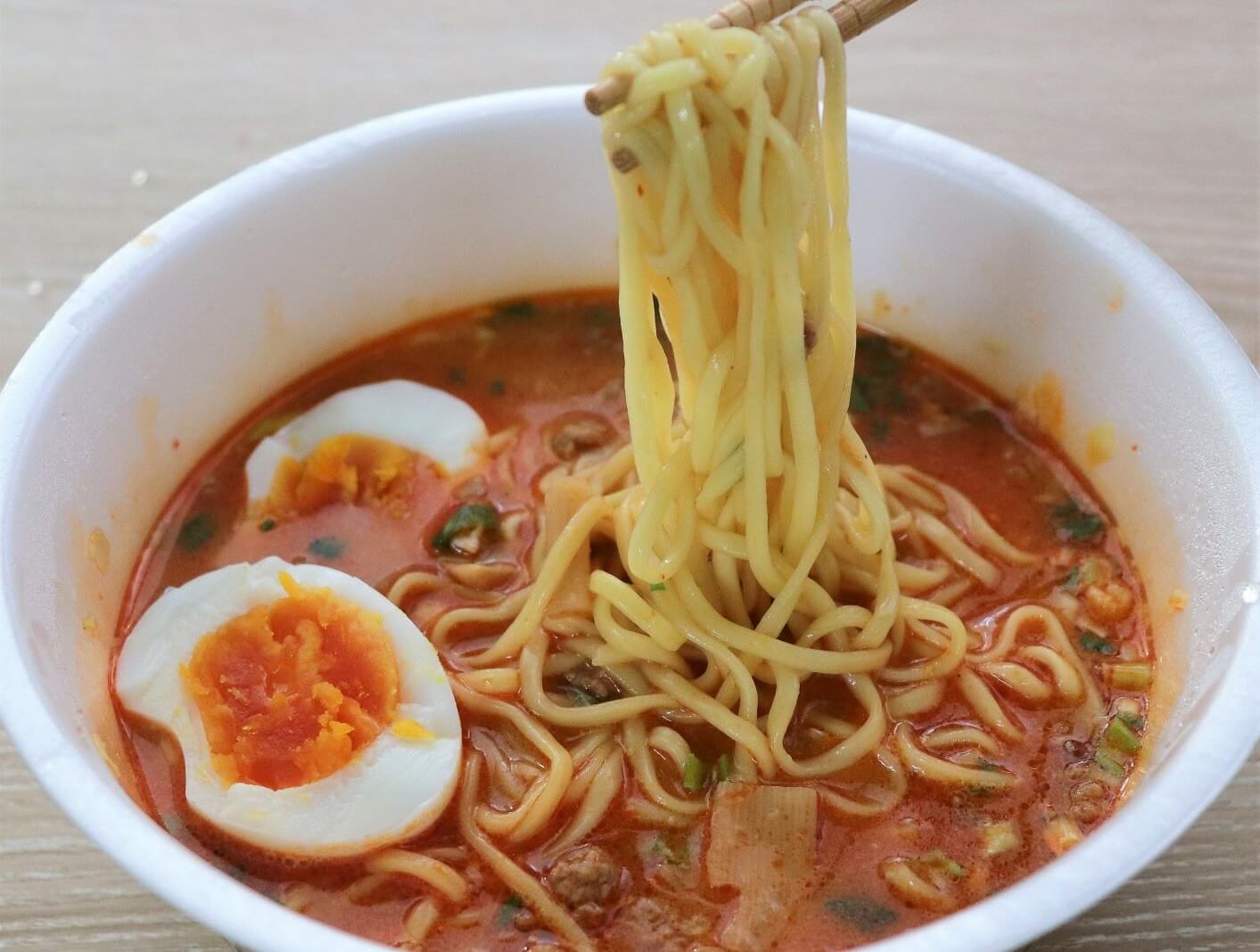 Miso Tonkotsu Ramen in ZenPop's Trip to Japan Ramen Pack
Miso Tonkotsu Ramen in ZenPop's Trip to Japan Ramen Pack
2. Japanese Curry
Japanese curry is a close second to ramen - the curry served in Japan is just amazing. The dishes are cheap, you get a nice slice of meat (if you wish) and curry restaurants can be found everywhere. A very popular Japanese curry house chain is Coco Ichibanya and they have a huge variety of curry dishes.
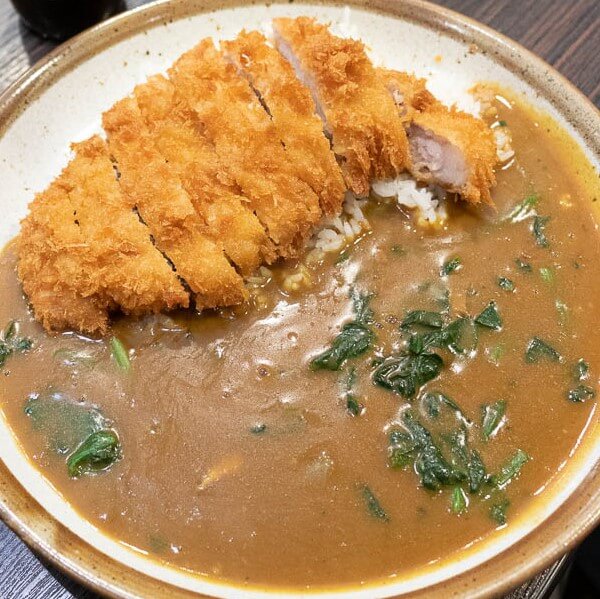 Tonkotsu Curry at Coco Ichibanya
Tonkotsu Curry at Coco Ichibanya
3. Okonomiyaki
You can’t visit Osaka and not try okonomiyaki, otherwise known as a Japanese savory pancake. The dish varies depending on where you eat it and you can also visit restaurants where you can choose the toppings. I adore it! The only negative is that it can be a more expensive meal option than ramen or curry. I prefer okonomiyaki topped with a generous amount of meat, but I’m also a student...so this option is not something I can go for often.
4. Tofu Stew
This is a dish I didn’t see very often, which I was quite sad about. I first had it at my dorm cafeteria, where it was offered as dinner and I’ve loved it ever since. I have only found two places that have served a good stew like the one in the dorm, but it’s definitely a dish I highly recommended (if you can find it!)
5. Soba
A lesser version of ramen in my eyes! It's definitely a good dish, but the biggest negative is that it is rather lacking in how much it fills you up. In other words, it's hard to get full on.
I have had the opportunity to try a lot of different dishes through my dorm food plans. It offers breakfast and dinner, and I've been served many things that I had know idea what they were!
However, there have also been dishes that I can only hope I get to eat again and again.
3 Surprising Things about Being a Student in Japan
1. Class Difficulty
The biggest surprise was how much the difficulty of courses differs from home (Norway). I expected it to be much harder in Japan, but instead the courses are so easy I would be surprised if anyone failed.
This is not me being overconfident! I mean, to pass most courses, all I had to do is attend class and pass a few small tests, which had about 10 questions demanding one word or one sentence long answers. Even without taking the exam you can pass the course.
In Norway and much of Europe, this would be unthinkable! I’m not complaining though, usually I’m not much of a good student, but here in Japan I got mostly As!
The only course having demanding classes is in fact Japanese language. You have 2 quizzes a week, 4 midterms, multiple conversation tests as well as four exams. On top of this, you get 12 kanjis a week, grammar and vocabulary to learn.
2. Photo and Instagram Obsession
I was surprised to discover how obsessed the Japanese are with taking photos to share on Instagram. After every meal, gathering, nomikai (drinking party) or other event, you have to take a group photo with everyone. Even our teachers in the final class for the course asked us to take a photo with them!
I found it kind of cool and energy giving, but there were a lot of people that got tired of it towards the end of the semester.
3. Japan’s Drinking Culture
I found it surprising how easily approachable Japanese people become after a few drinks...but perhaps this is the case everywhere in the world!
If there is someone you want to make acquaintance with, invite them to a bar with many other students and he/she will open up immediately after a drink or two.
The contrast is that they can be very reserved during everyday life, so unless you get to know them well, or they have experience of being a student in a Europe, America or another part of the world, they will not be easy to approach. Although, of course, there are always exceptions.
The Top 5 Places I Visited in Japan
It’s too difficult to rank these places as number one, number two and so on, as I enjoyed them all a lot and can’t recommend them enough!
Kobe Cable Car Hike
Did you know that 73% of Japan is mountainous? This means, if you love to hike, you’ll love Japan! Kobe is a city located about 30km west of Osaka. It's famous for delicious marbled beef, a huge Chinatown and some great mountains/hikes.
For hiking Mt Rokko, I recommend actually climbing the mountain rather than just taking the cable car to the top. My recommendation is to hike up and take the cable car down!
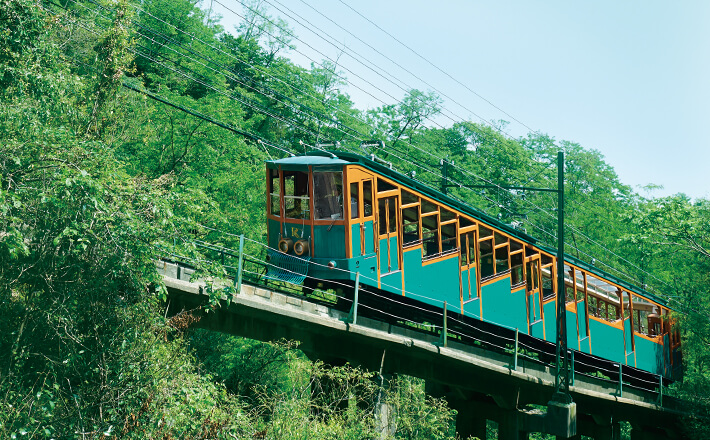 Mt Rokko's Retro Cable Car. Source: Rokkosan.com
Mt Rokko's Retro Cable Car. Source: Rokkosan.com
I won’t lie, there’s a lot of stairs and it got a bit rough! I went together with another international student and we both have terrible stamina, so we stopped often (it took us about 4-5 hours to reach the summit).
There are so many things to see along the way - shrines, dams, waterfalls. And absolutely amazing views await you at the top of Mt Rokko!
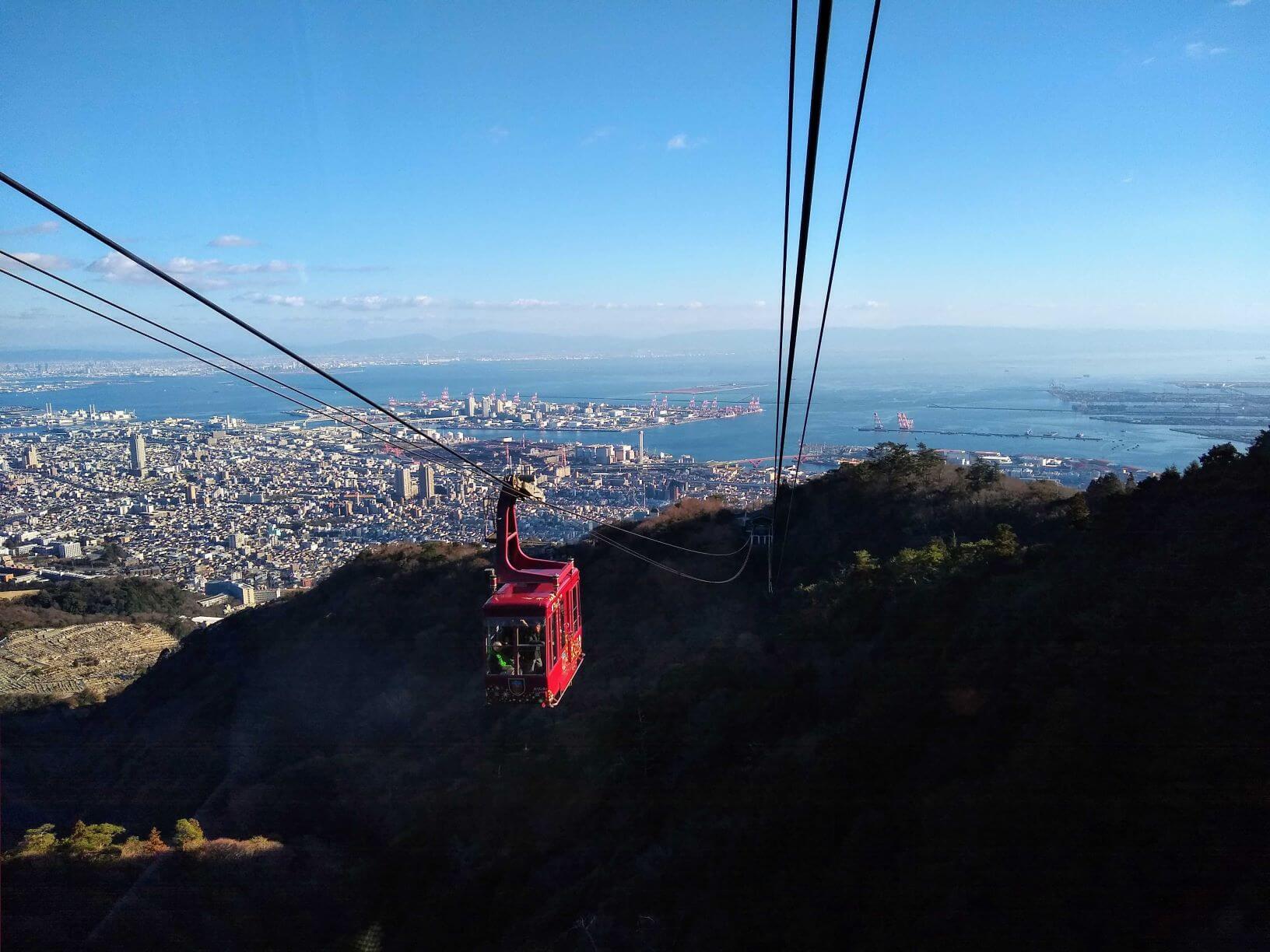 Cable car to/from the top of Mt Maya, the mountain next to Mt Rokko
Cable car to/from the top of Mt Maya, the mountain next to Mt Rokko
Arima Onsen
Arima Onsen, again in Kobe, is the only onsen (Japanese hot spring) I visited during my time in Osaka. The onsen experience is something else entirely, and I regret not going to one before so close to the end of my stay in Japan.
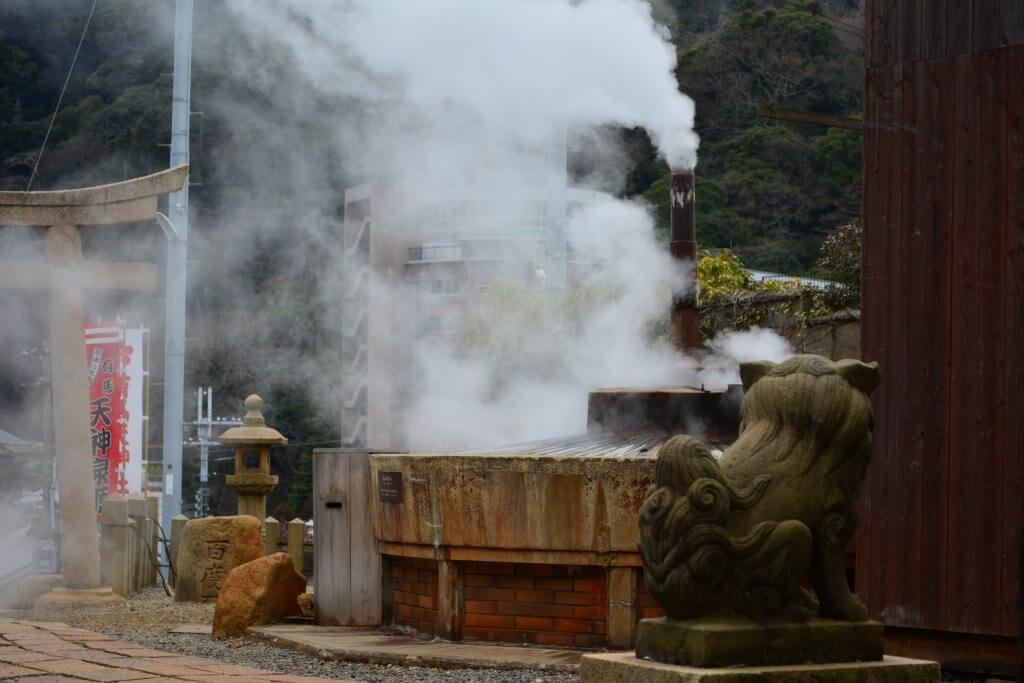 One of the onsen sources at Arima Onsen. Source: Visit Arima Onsen
One of the onsen sources at Arima Onsen. Source: Visit Arima Onsen
Arima Onsen is actually one of the oldest and most important hot spring towns in Japan - famous for its golden hot spring and silver hot spring. My friend and I spent 1,000 yen each to enjoy the two public bath houses, where we spent at least an hour in each, admiring the experience.
Abandoned Railtrack ‘Hike’
The track is called Takedao Train Tracks Trail, and it was a ‘hike’ or rather, easy walk, that takes roughly 3 hours. Walking along the trails you go through pitch-black tunnels, follow a river, and see mountains all around you full of colors. We went here during fall so all the trees were bright yellow, orange and red.
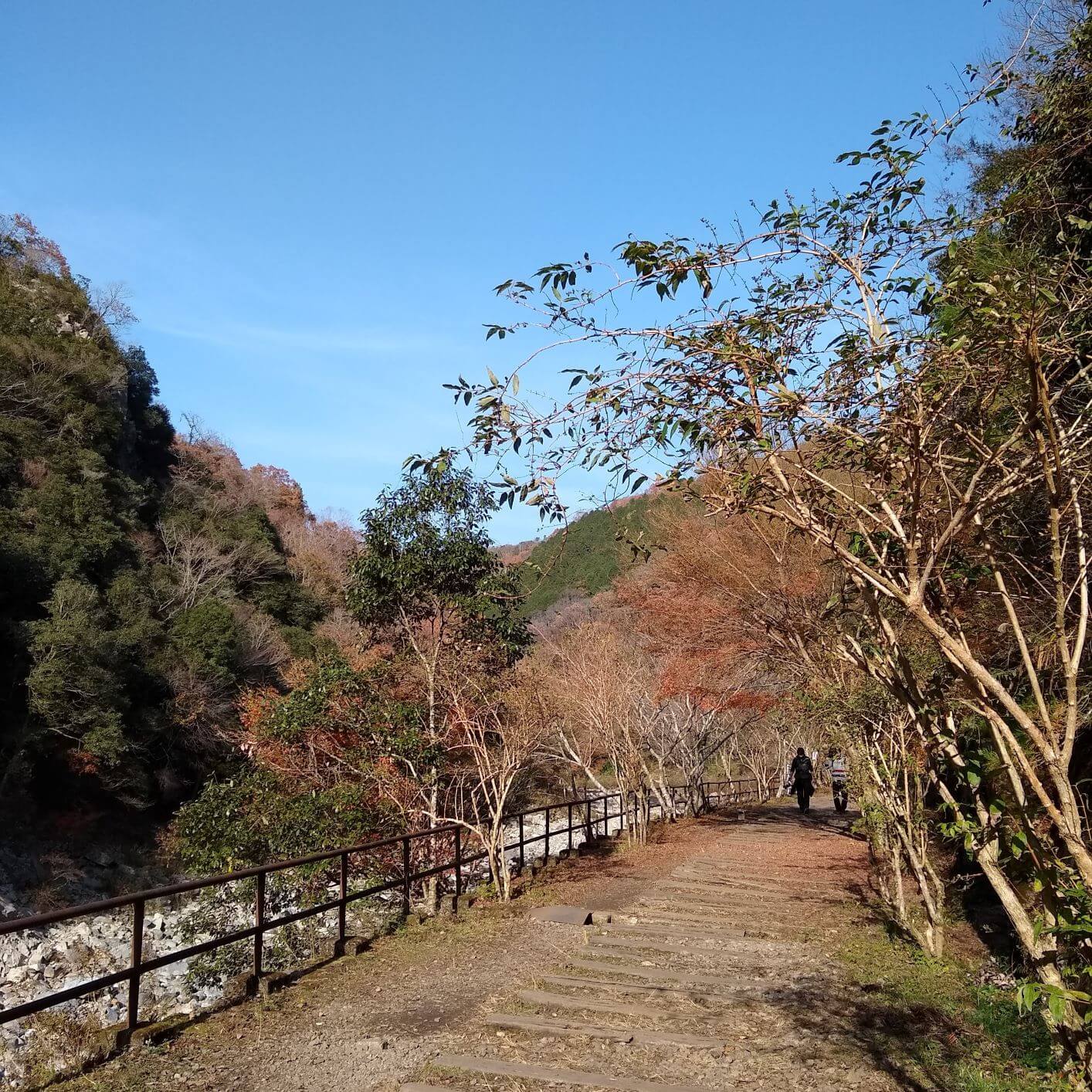 Following the abadoned railway tracks
Following the abadoned railway tracks
Temples across Osaka
I really enjoyed going to see the different shrines across the area, this includes Osaka, Nara, Kyoto, and Kobe. Some look the best during the evening when they turn on the lanterns around them, while others shine the brightest during the daytime.
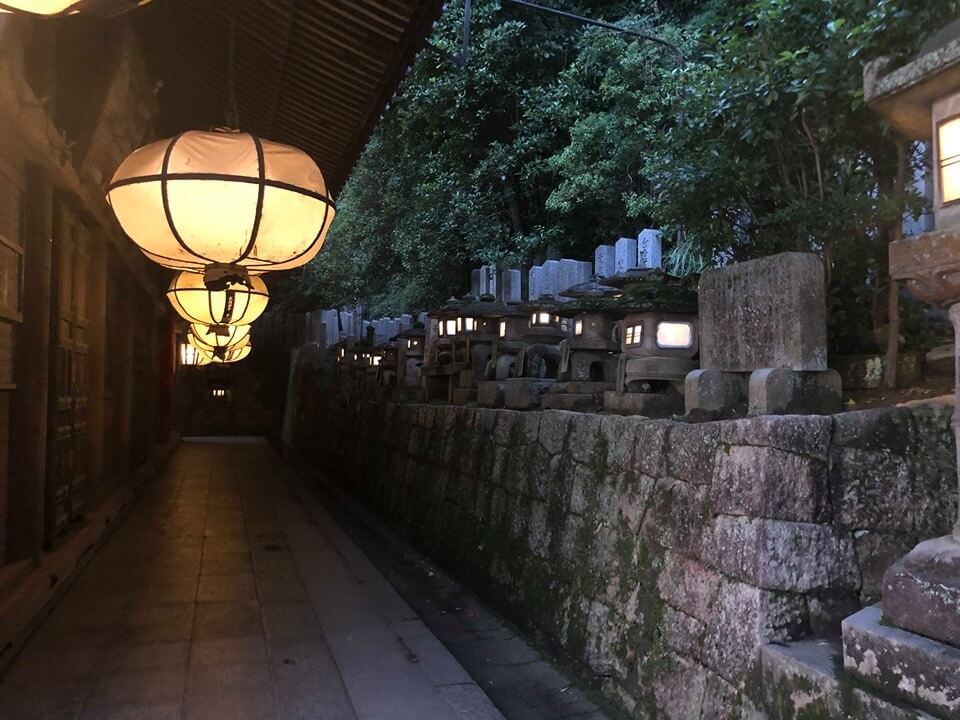 Atmospheric temple in the evening
Atmospheric temple in the evening
Daily Japan
This might be the most underrated thing on my list, simply to walk around and experience daily life in Japan!
I spent a lot of my time walking around the suburban neighborhoods and roads near Kansai University. By doing this you actually see the layout of the streets, how people live, and you might even find those hidden gems, like restaurants and local bars.
I found so many things that the other international students had not even seen, yet these things are so normal to a Japanese person living outside of the city center.
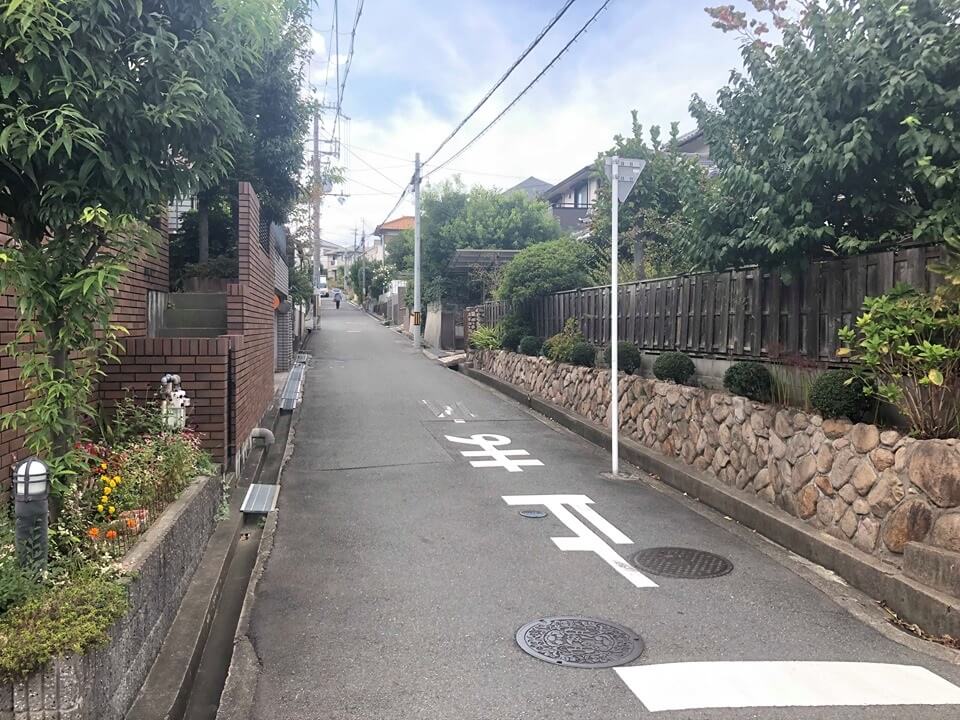 A quiet, but charming, street in suburban Osaka
A quiet, but charming, street in suburban Osaka
Thank you for reading about my experience in Japan. I hope you enjoyed it and perhaps I inspired you to consider studying abroad in this awesome country.
Matane (またね) / See you again - Joakim





